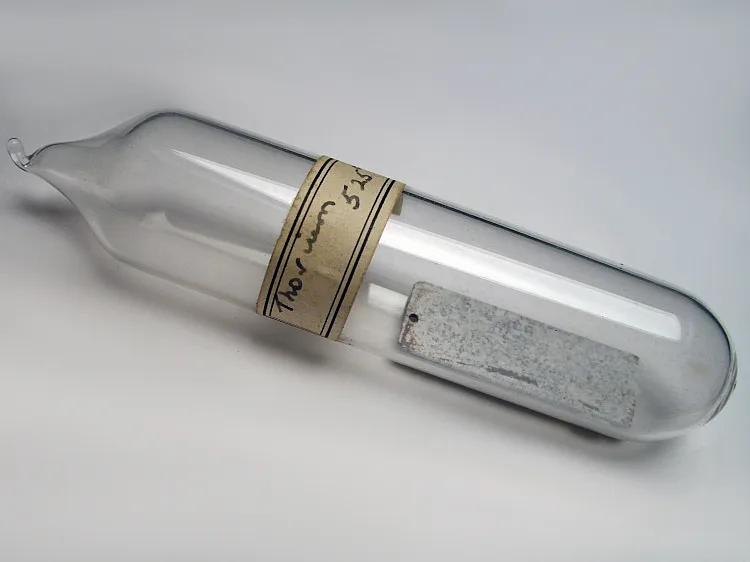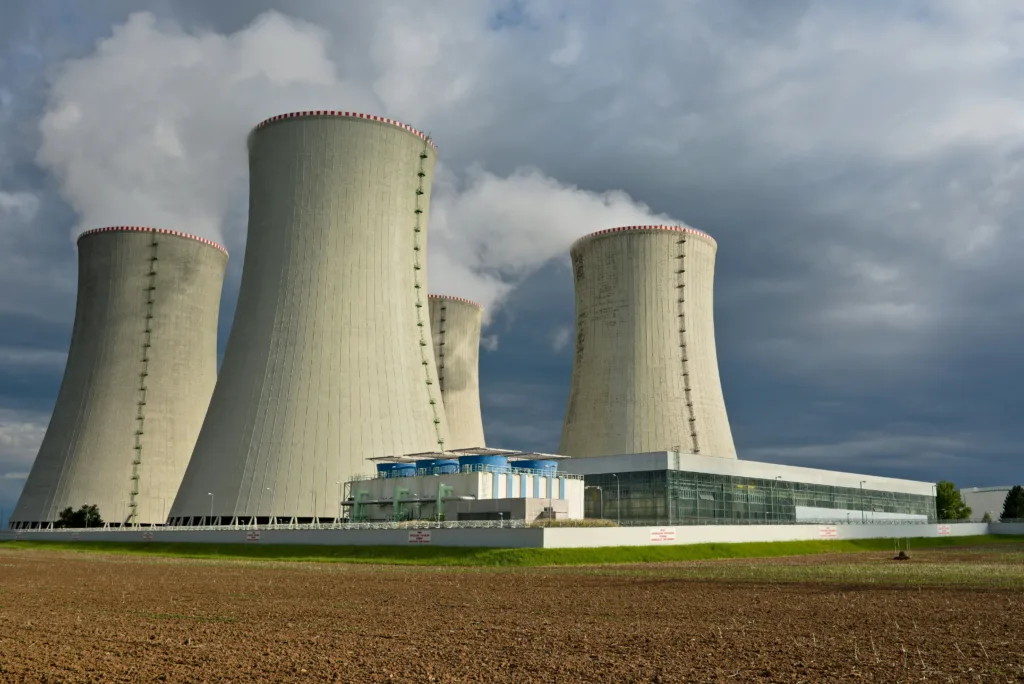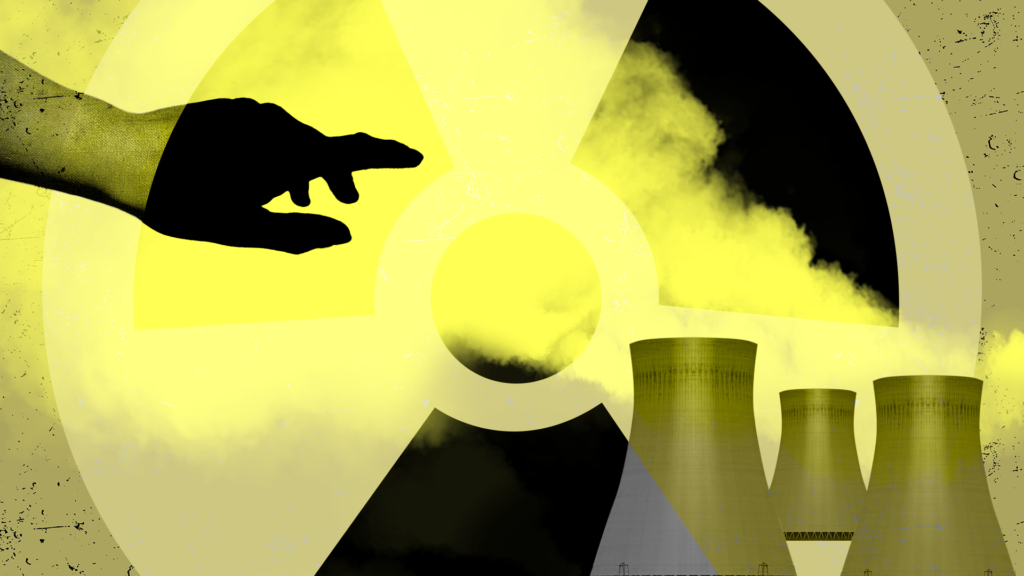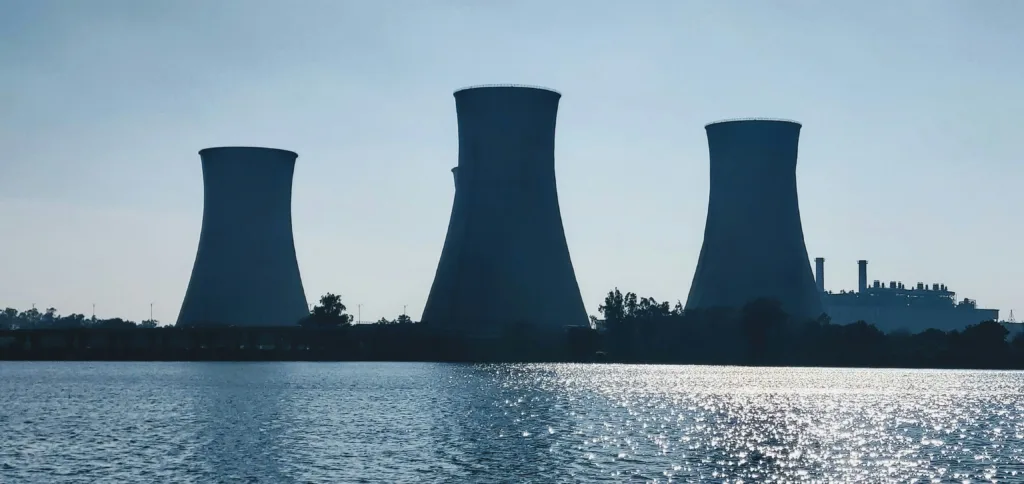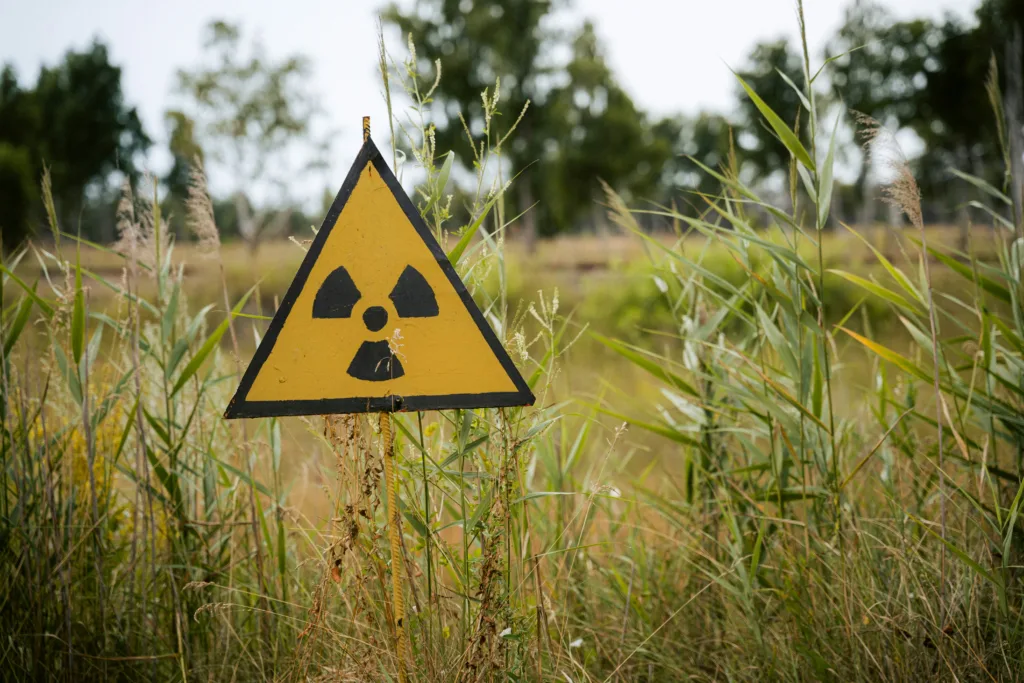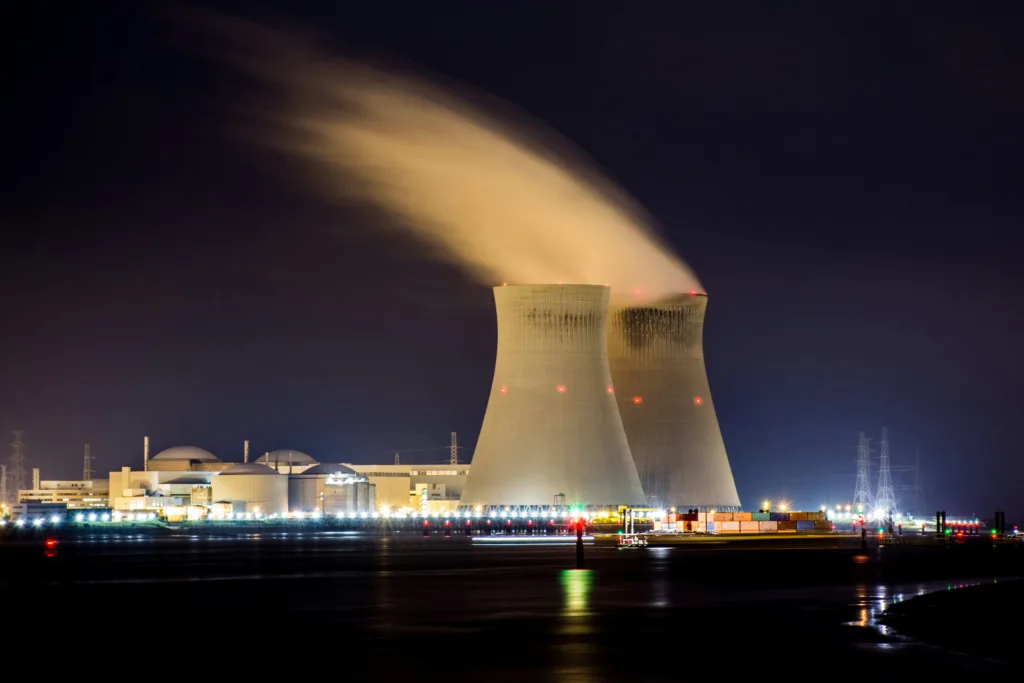Debates over nuclear power in Australia continue to be stoked. Not by industry or voters, but by the media. Following a worn path that likely leads nowhere.
 Nuclear power has been presented as a clean alternative to coal. : Alberto Otero Garcia CC by 2.0
Nuclear power has been presented as a clean alternative to coal. : Alberto Otero Garcia CC by 2.0
Debates over nuclear power in Australia continue to be stoked. Not by industry or voters, but by the media. Following a worn path that likely leads nowhere.
The conversations rumbling around Australia about nuclear power are a small victory for pro-nuclear advocacy.
Long dormant, the nuclear debate, has recently reinvented itself for a new era.
This time, it is to fix climate change.
The win is only ‘small’ because Australia is a long way from building and operating a nuclear power facility. That goal would take at least 20 to 30 years unless environmental safeguards were scrapped in a rush to decarbonise the economy.
But it is still a victory because until recently, there was no debate at all.
The question is, why now?
In recent years, as the renewable energy conversation evolved, conservative media outlets kept the nuclear issue simmering in the collective consciousness, all the while the public debate remained effectively stifled of significant, logical discussion in the mainstream.
A review of almost 600 articles between January 2015 and June 2022 analysed who is pushing the nuclear cause in Australia’s media.
The media analysis found 40 pieces from the ABC, 62 from The Sydney Morning Herald, and 25 from its fellow Nine Newspaper, The Age in Melbourne. In contrast, conservative media outlets published substantially more pieces about nuclear energy, with 285 from The Australian newspaper and 181 from its News Corporation stablemate, The (Adelaide) Advertiser.
However, to understand why media organisations would take an ideological stance, you must first unravel the riddle of the nuclear question in Australia.
Australia is one of a few developed nations without nuclear power. Under our feet is the world’s largest known uranium deposits, and Australia is currently the world’s third-largest exporter of uranium, selling to 43 countries.
Nuclear power domestically has been banned since 1998 when, under the conservative government of John Howard, the Senate passed legislation codified in the Environment Protection and Biodiversity Conservation Act 1999 prohibiting the construction of nuclear power plants.
The decision was part of a deal with minor parties over updating Australia’s lone nuclear reactor at Lucas Heights in southern Sydney, home to the Australian Nuclear Science and Technology Organisation (ANSTO), which operates the OPAL research reactor for research and nuclear medicine production.
When nuclear power was banned, the thinking was it was not needed. Australia had and still has abundant coal and gas deposits.
Since then, the Australian government and some state governments have published reports and established inquiries into the viability of lifting the prohibitions and introducing nuclear energy.
While the prohibition remains, the conversation has changed.
Nuclear energy emerged as a secondary to the destructive capacities of nuclear weapons at the end of World War II. In the following atomic age, the two were hard to separate.
During the 1950s, US President Dwight Eisenhower promoted nuclear energy as ‘atoms for peace’. Atomic power was presented as a clean alternative to coal with the focus on reducing the fuel’s local pollution impacts. In 2024, the focus is global climate change.
Pro-nuclear environmentalists, or in their terms ‘enlightened’ environmentalists, argue climate change threats exceed those of nuclear energy, requiring us to embrace nuclear power.
This sentiment is not new. A 2009 study on nuclear power in Australia analysed how The Australian newspaper correlated reporting on climate change and nuclear energy in the period 2005-2007. The data identified a shift in the framing of the debate from an environmental problem to a technological solution to the climate issue.
Globally, conservative media and governments tend to support nuclear power. Studies across Europe note the use of climate change and energy security in pro-nuclear media representation and conservative government rhetoric.
It is little surprise then that Australian media conservative outlets again dominate the debate.
Our research revealed that The Australian and The Advertiser (Adelaide) published the most articles about nuclear and the most pro-nuclear articles between January 2015 and June 2022.
The Australian, in particular, published the most pro-nuclear opinions and letters to the editor, with 132 pro and 10 anti-nuclear pieces.
These newspapers called for Australia’s prohibition on nuclear power plants to end and a ‘mature debate’ about the energy source to begin.
On the one hand, there has been a deliberate promotion of nuclear energy by conservative media through selective coverage of pro-nuclear voices.
The opinion writers offered a unique difference, with The Australian publishing only three anti-nuclear opinions penned by former ALP politician Bob Carr, the singer Paul Kelly and the independent member of parliament Zali Steggall, as opposed to 39 pro-nuclear opinions by writers including former Prime minister Tony Abbott, his former chief of staff turned conservative commentator Peta Credlin and the shadow minister for climate change and energy Ted O’Brien.
More progressive papers in Australia have hardly reported on nuclear energy.
The Guardian Australia and Schwartz Media’s The Saturday Paper published less than 10 articles on nuclear power in the study period.
Of opinion pieces published by The SMH and The Age in the research timeframe, five were favourable about nuclear energy, four were negative, and one was neutral.
This position exacerbates the partisan media landscape. In September 2021, the Coalition government led by Scott Morrison announced an agreement with the US and UK to acquire nuclear-propelled submarines under the AUKUS trilateral security pact.
What was framed as a debate around national security also reintroduced the debate about establishing a nuclear energy industry in Australia.
Purchasing nuclear submarines has few safety risks for the average Australian unless an incident occurs in an Australian port.
But the threat in the public’s mind remains: nuclear accidents shift media perceptions.
Media reporting shifted its stance following the Fukushima accident in 2011, reducing public support for nuclear power. Just over a decade later, climate change concerns are swinging the pendulum the other way.
Anthropogenic climate change, AUKUS and concerns about energy insecurity all stimulate debate and help position nuclear energy as a possible solution to a list of problems.
Looking at how we have framed the conversation suggests the coming debates will continue to be polarised, following party lines and ideology rather than what is best for the consumer and the planet.
Professor Phil McManus is a Professor at the School of Geosciences at the University of Sydney. He co-authored with Ida Altenkamp Nuclear Power in a de-Carbonised Future? A Critical Discourse Analysis of Nuclear Energy Debates and Media Framing in Australia, published in 2024 in Australian Geographer. The views in this current article are his own.
Originally published under Creative Commons by 360info™.
Editors Note: In the story “Nuclear future” sent at: 08/04/2024 13:08.
This is a corrected repeat.


